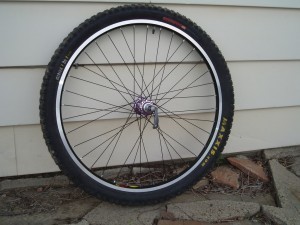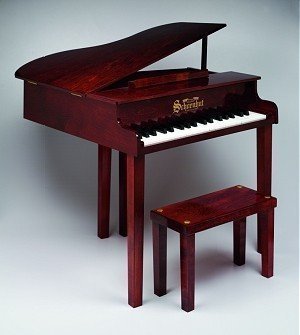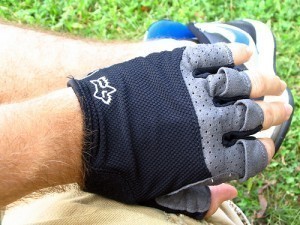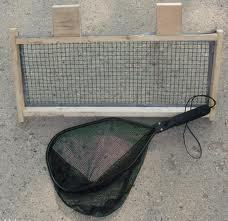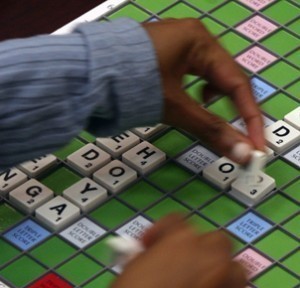Dimensions Cross Stitch
The cross stitch size denotes the space that the design has used in the fabric. The actual dimensions will depend on the scale of your work.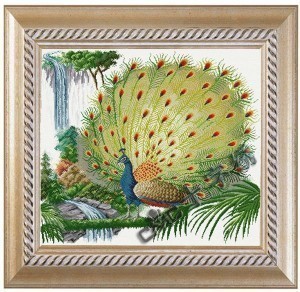 Regardless of the scale, there are several other elements that affect the figure of the cross stitch.
Regardless of the scale, there are several other elements that affect the figure of the cross stitch.
Defining the Size
All designs are influenced by the count. The higher the count, the smaller the finished product will be. The count denotes the number of squares or threads for every linear inch on the material (this is for evenweave fabrics like Aida).
The typical fabric count is 11 to 18 sq per in. Linen fabrics are done on threads per inch and have a higher count. The count may be 32 threads per inch.
In other words, cross stitch sizes are based on the squares or threads. For example, a fabric with 18 sq per in is called an 18 count fabric. A fabric with 11 squares per inch is called an 11 count fabric and so on.
Notes on the Fabrics
When designing a cross stitch, don’t cut the fabric to the exact size of your design. Cut the fabric so that there’ll be a frame of sorts for your design. A cross stitch design looks best when there’s a frame around it. For small designs, cut the fabric an inch or two. If the design is large, add at least three uiches along the corners.
Look at the cross stitch size carefully; if it’s big and will be framed, double check the fabric you’ll leave around the design. It won’t hurt to talk to a pro designer to get ideas on the fabric allowance. However it’s still up to you. Try visualizing the design or make a few trial pieces to see how it turns out.
Basic Steps for a Cross Stitch
Locate the middle of the cross stitch chart. Count the squares to the point where you want to begin. Start stitching. Fasten the fabric using a frame or embroidery loop.
Place the needle at the starting point. Take it up to the starting point. Whatever the cross stitch size you use, the starting procedure is always this way.
Now grab the last stitch behind the fabric. Fasten the embroidery by stitching over it. When cross stitching, start with one row. For example, begin with a horizontal row. Create the other half of the X by stitching in the opposite direction.
You can go to other sections by moving the strand to another section. You can also get to other sections by ending the floss. Ending the floss is needed if you’re jumping to an area an inch away.
A floss can be terminated by making a few weaves in the back. Use a pair of scissors to remove any excess. If there are incorrect stitches, pull these parts out. Cutting is not recommended.
The best way to learn about cross stitch sizes is by doing it. It’s not as tricky as you may think. After a few tries, you’re bound to enjoy it.
